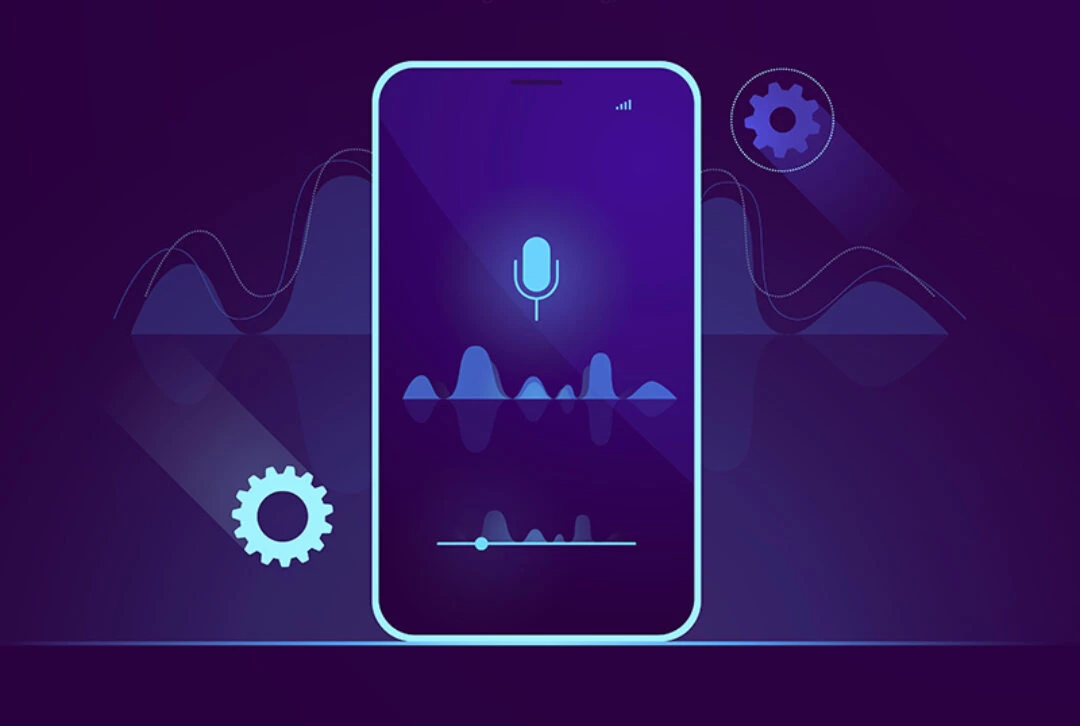
Alexa, How Does Vocal Search Work?
Within the past five years, methods of vocal search have drastically evolved. The shift from simple speech-to-text to smart home devices—like Amazon’s Alexa and Google Home—is changing the way search engines organize queries. More importantly, vocal search is shaping the way we request information and even our perception of search engines across the board.
But what is vocal search?
Well, simply put, it’s a function that allows users to search the web using a spoken voice command as opposed to typing. Pretty straight forward when you think about how advanced a device has to be to accomplish such a task. A vocal search can be conducted on both desktop and mobile devices by using a “wake” phrase like: “Okay, Google,” or “Hey, Alexa.” Searches can be done with a hands-free voice command or by tapping an icon. It’s a lot like Siri, and there’s not much difference between a regular typed search query and a vocal search.
So, how does a device understand your voice?
Well, it starts with familiarization.
Devices like Amazon Alexa and Google Home “learn” your voice. They analyze the unique characteristics of your voice but also your behavior, browsing interests, and other personal information. How devices breakdown your speech pattern is categorized into five speech categories: Phonology, Morphology, Syntax, Semantics, and Reasoning.
These components of speech are all examined by your smart device and incorporated into your search query results. Every colloquialism, accent, and pronunciation is absorbed and analyzed to create the most concise and accurate search results. Another factor is the language used when conducting a vocal search. The average person can type 40 words-per-minute(wpm) but speaks at an average speed of 150wpm. Vocal search affords the user a more specified search with less effort. So, sites that have a high volume of detailed content fare better in a vocal search query—a similar tactic used in SEO/SEM strategies. These longer search queries have wrought a new term: long-tail keywords.
This SEO term represents more specific phrases that resemble how people actually speak. When you conduct a typed search, your text is short and concise. If you’re conducting a vocal search, chances are your query is more lengthy and specific. These keywords have a better click-through rate, and, if your site incorporates them into your content, could improve visibility and impression share.
How is this changing search queries?
Vocal searches have become more relevant due to their integration with smart devices. Creating a “smart home” is a popular trend, and tech companies are running with it, looking to the world of Advertising to push their products and increase vocal search. From “Near Me” searches to looking up movie times, vocal search is becoming more and more relevant.
Another new term has grown out of the smart-home boom. In a world where sites live and die by SEO/SEM, the phrase “Answer Engine Optimization (AEO)” has joined the Digital Marketing milieu. To the joy of many Digital Specialists, SEO and AEO tactics tend to overlap, once again proving quality content that’s informative and well-written will boost your site’s page ranking and drive traffic.
Why are people using vocal search?
Well, this style of search drastically improves user experience. Since 2013, vocal search queries have risen exponentially, eliminating scrolling, typing, and even screens. From Baby Boomers to Gen Z’ers, users are appreciating the ease and precision a vocal search query offers, and Digital Marketers are noticing. Sites optimized for devices like Amazon Alexa or Google Home can drastically bump up their search ranking. Google, Bing, and other search engines are now incorporating vocal search compatibility into their SEO ranking procedure. Because a vocal search query provides more detailed keywords—remember long-tail keywords?—content should be catered to help search engines find the best and most accurate information as quickly as possible.
But what are people searching for? How do I know what keyword phrases to use?
It all depends upon the demographic. Age, location, gender, and countless other factors are incorporated into optimizing sites for vocal search optimization. And how can you effectively optimize your site? Well, we won’t tell you—we’ll show you! The creative experts and branding specialists at TOTAL will get your site results—building credibility and bumping up your search ranking.
Contact the TOTAL Team to get the most out of your site and boost business!